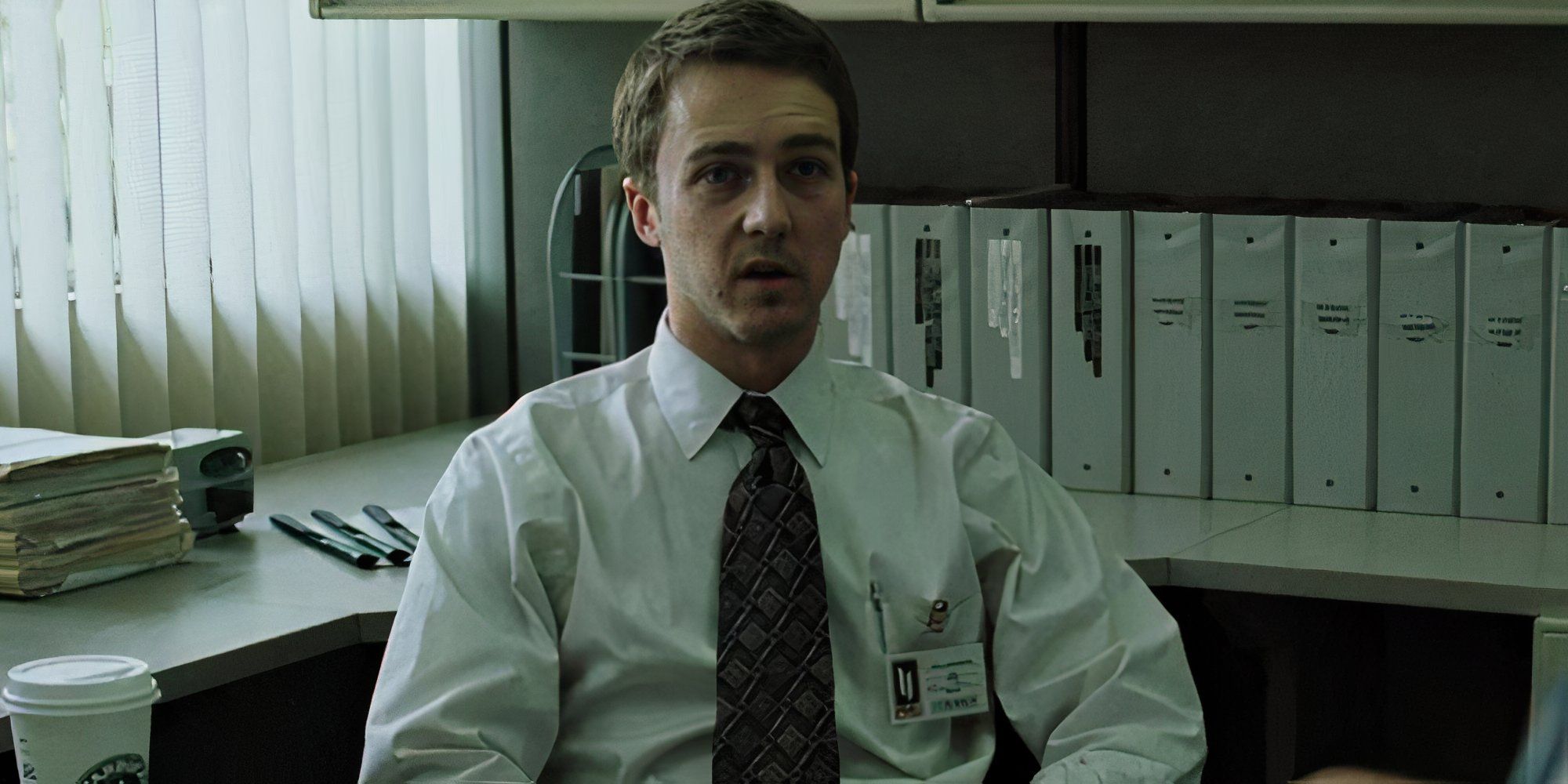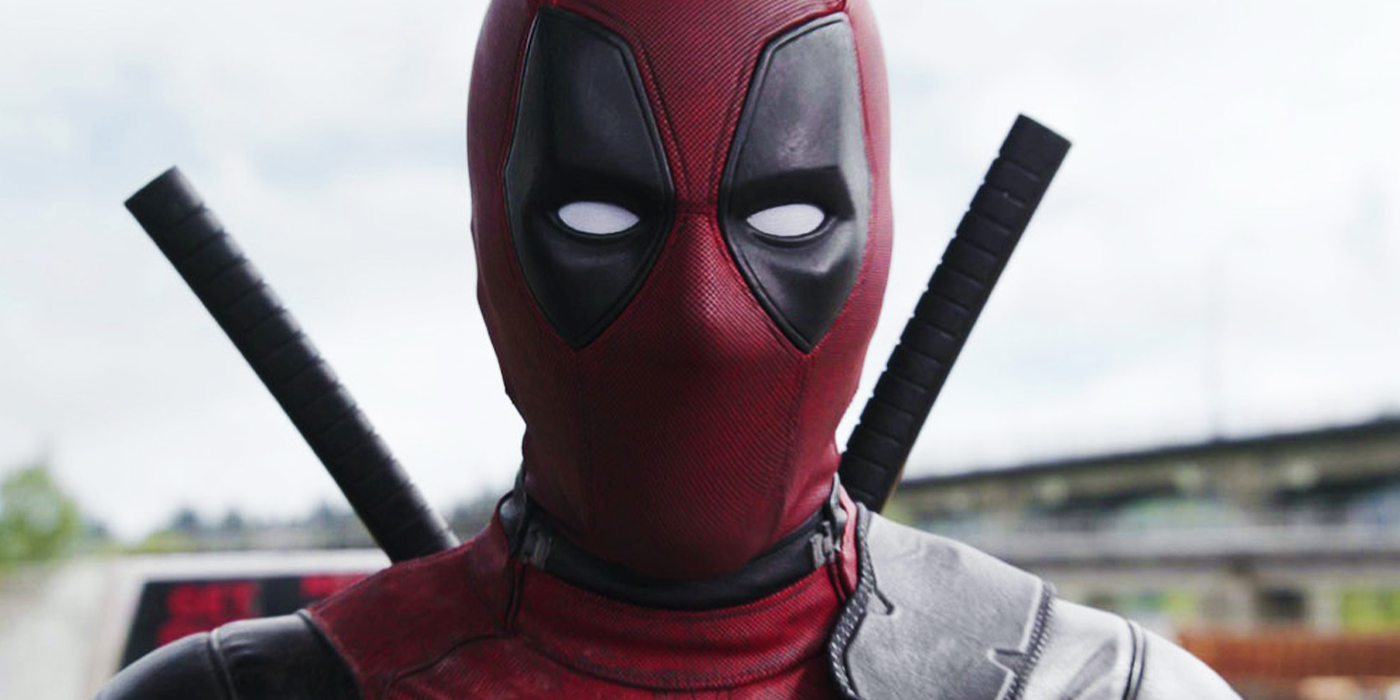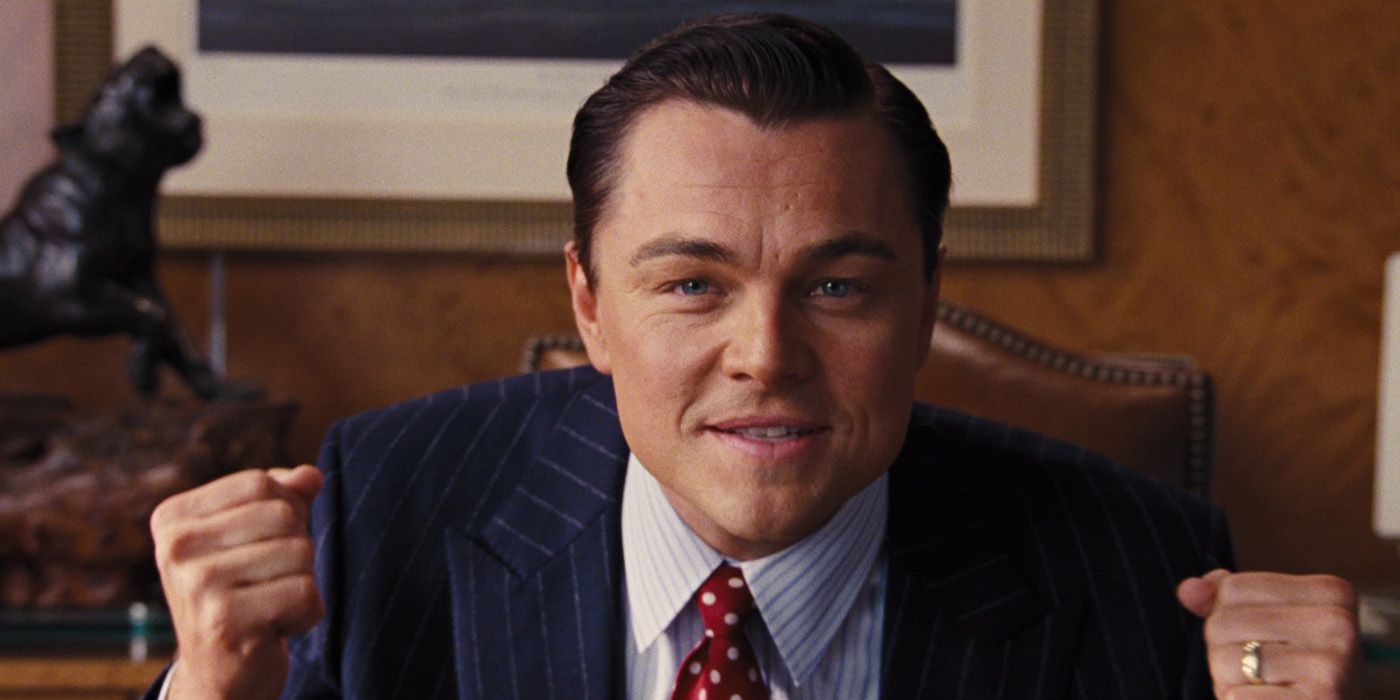
One of the most brilliant and daring techniques used in cinema is breaking the fourth wall. Traditionally, the fourth wall represents an imaginary barrier between the fictional universe on screen and the audience – a secret known only to the latter. The convention has roots in theater, long before the birth of cinema. Breaking the fourth wall means crossing a boundary, allowing the characters on screen to reach out to the audience and engage with them.
In these rare moments, the characters recognize the presence of the audience and also their fictionality. By challenging these conventions, directors grant their characters a unique consciousness and agency. Such scenes are particularly powerful because they create a shared intimacy between the protagonists of two realities that would otherwise never meet. However, due to their unconventional premises, these moments must be used with caution.
10
Annie Hall (1977)
Directed by Woody Allen
Woody Allen has always used his voice in an explicit and personal way. His films often appear as an attempt to speak directly to the audience, sharing his philosophy and core beliefs. Anne Hallone of Allen's most renowned masterpieces, takes this classic approach a step further in a specific scene that defied any limits imposed by the screen. After overhearing a particularly obnoxious character loudly discussing media theory while waiting in line at the movie theater, Alvy Singer, played by Allen, turns to the camera to express his frustration.
The inventive brilliance of the moment lies in the inclusion of two other characters: the target of Alvy's exasperation, who tries to defend himself from the man's attack, and real-life media theorist Marshall McLuhan, who helps Alvy win the debate. The moment ends with Allen revealing to the audience how he wishes reality were like this, sadly acknowledging the fictional nature of the situation and allowing the audience into his mind.
9
Fight Club (1999)
Directed by David Fincher
As the unreliable narrator of the surrounding events, Edward Norton's character accompanies the audience on his absurd journey of self-discovery throughout the film. Fight Club. His character constantly addresses the audience, trying to create a shared experience with them, as well as explaining the nuances and complexities of his alter ego, Tyler Durden.
However, as the story progresses, the narrator's mental state appears to deteriorate, causing him to gradually lose control of reality. The audience delves deeper into his psyche, but begins to question the veracity of Norton's voice. By blurring the lines between reality and fiction, both as a plot twist and as a cinematic device, the audience becomes part of the story. Fight Club It breaks the fourth wall impressively, leaving the audience wondering about what's real and what's not.
8
Psycho (1960)
Directed by Alfred Hitchcock
As a master of suspense, Alfred Hitchcock knew how to end his films on a chilling note, creating a sense of closure to his disturbing stories but ensuring that they would stay with audiences after the credits rolled. For this reason, the final scene of Psychopath It's one of the most ingenious endings in cinema history. The way Anthony Perkins as Norman Bates breaks the fourth wall and dares to smile at the audience is brilliant.
The preparation for the scene further accentuates its genius. The expected revelation of the true story of Norman and his mother is shocking for the absurdity of the situation and terrifying for the nature of Norman's psychology. Because Norman's actions and the reasons behind them are so disturbing, Hitchcock plays with emotional reactions. The director gives his character the opportunity to confront the disturbed audience and takes them with a simple look into the frightening depths of Bates' disturbed psyche.
7
Amelie (2001)
Directed by Jean-Pierre Jeunet
Amelie is the story of a deeply fascinating and lovable character played by Audrey Tautou, whose quirks and innocence are the centerpiece of it all. Despite the playful tone, there is a melancholic side to Amélie's character, emphasized by her loneliness and distance from the world. Although Tautou's character is often silent as the story unfolds, his way of interacting with the audience is worth more than any other long monologue.
By breaking the fourth wall, Amélie brings viewers into her extravagant reality, opening up to the audience as if they were her confidants. This technique allows the character to challenge his loneliness and interact with the outside world, instead of the reality in which he lives. If her eccentric nature prevents her from creating a connection with the people around her, by going beyond the screen, she develops a bond with the audience.
6
The Big Short (2015)
Directed by Adam McKay
The Big Short It's not an easy journey. The story of the 2007-2008 financial crisis is an interesting area to explore on the big screen, but it may seem too complex to digest in two hours. This is especially true if the viewer does not have extensive knowledge of terms like “subprime mortgages” or “bonds.” As a result, the director needed to find a creative way to address the audience and guide them through the most delicate points of the story.
The decision to include beloved celebrities in an everyday setting to directly interact with and guide the audience was a brilliant idea. By breaking the fourth wall and adopting an ironic approach, The Big Short used stars like Margot Robbie to successfully explain, in an entertaining and accessible way, the complexities of economic concepts.
5
Funny Games (1997)
Directed by Michael Haneke
As a psychological thriller that tells the story of two young men who brutally torment a family through physical torture and psychological manipulation, Funny games is a deeply disturbing film. The ability of one of the two main characters, Paul, played by Arno Frisch, to constantly break the fourth wall and look deeply into the camera adds to this and sends shivers down your spine.
Arno's character breaks the fourth wall five times throughout the film, often smiling mischievously at the audience. These moments don't simply exist to accentuate the story's disturbing atmosphere. On the contrary, Paul seems eager to include spectators in his twisted games as well, investing them not only with terror but also with a feeling of complicity and therefore responsibility for the abominable events that unfold before their passive eyes. .
4
Deadpool (2016)
Directed by Tim Miller
Similar to its comic book counterpart, starting with the film released in 2016, Dead Pool He regularly breaks the fourth wall and interacts ironically with the audience. Portrayed by Ryan Reynold, the character differs from the classic superhero archetype in both comics and films by his crude humor and the unusually violent and brutal context that surrounds him.
Deadpool acknowledges his fictionality when addressing the camera and further accentuates his revolutionary status, imbuing him with a unique self-awareness that sets him apart from many Marvel characters. These moments of recognition allow him to create an intimate connection with an audience eager to embark on the absurd and adventurous journeys of superheroes. This approach challenges the trope of the unapproachable hero, helping Deadpool become one of Marvel's most entertaining figures, but also an unusually relatable character.
3
Ferris Bueller's Day Off (1986)
Directed by John Hughes
It's easy to fall for Ferris Bueller's magnetic, playful charm, as Matthew Broderick managed to draw audiences in with his mischievous behavior. When Ferris Bueller's Day Off Originally released in 1986, it wasn't common to have a character constantly break the fourth wall throughout an entire film. As Ferris addresses the camera to let the audience into his thought processes and internal observations, his role alternates between the main character and the narrating voice.
This allows viewers to empathize with him and offers an authentic portrayal of the teenage experience. Ferris' openness in breaking the fourth wall creates an emotional intimacy and sense of companionship with the audience. This technique, at the time innovative and unexplored, allowed Broderick's character to gain the status of a young and defiant anti-hero, not unlike a legendary literary character, Holden Caufield, in Catcher in the Rye.
2
The Wolf of Wall Street (2013)
Directed by Martin Scorsese
Jordan Belfort is not an easy character to sympathize with, far from the traditional archetype of the noble-hearted hero. However, Martin Scorsese successfully helped audiences create an emotional connection with the controversial main character of The Wolf of Wall Street. If Leonardo DiCaprio's exceptional performance played a significant role in this, his opportunity to constantly break the fourth wall was also an influencing factor. By regularly addressing the audience as the story unfolds, DiCaprio captures their interest.
Breaking the fourth wall does not allow Belfort to justify his actions and present himself in a more positive light. However, the technique sheds light on the character's inner world, bringing an honesty and authenticity that is difficult not to value. The brilliance of these moments lies in the way Scorsese leads the audience into a story of moral ambiguity.
1
A Clockwork Orange (1972)
Directed by Stanley Kubrick
In a similar way to PsychopathKubrick allows the main character, Alex, played by Malcolm McDowell, to break the fourth wall in A Clockwork Orange as a way to emphasize the film's disturbing themes. However, in this case, the director chooses a completely different approach when it comes to letting the audience into the story. Instead of waiting until the end for the character Alex to invite the audience in, the film begins with McDowell looking directly at the screen.
Alex offers a chilling smile to the audience, setting a frightening scenario for what is about to happen. Through a brief but piercing look, Alex shares a glimpse into his twisted psyche with viewers as a warning (or a promise) of the disturbing experience they are about to embark on. A Clockwork Orange It breaks the fourth wall in a disturbing and brilliant way, long before many modern films that have successfully done the same.








